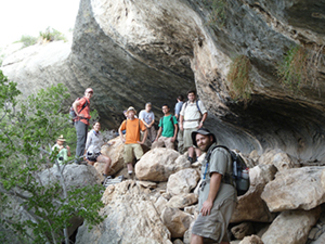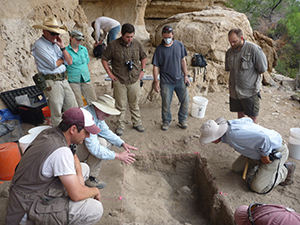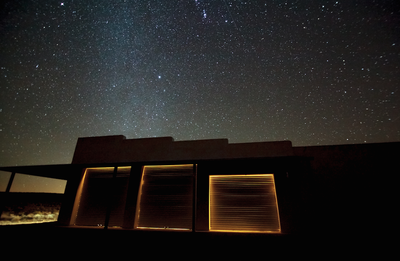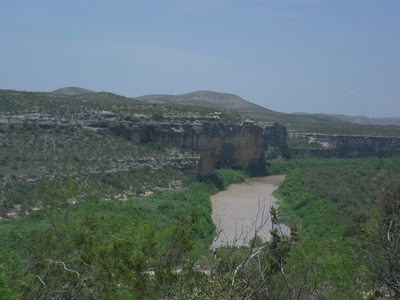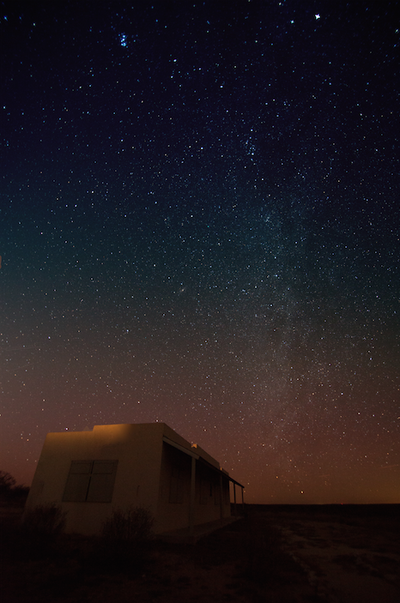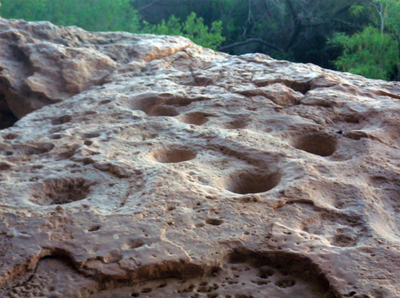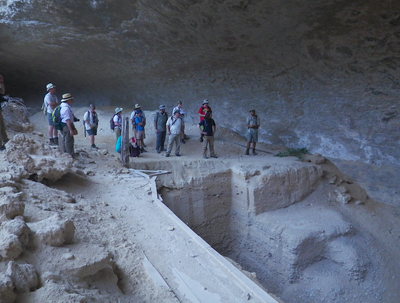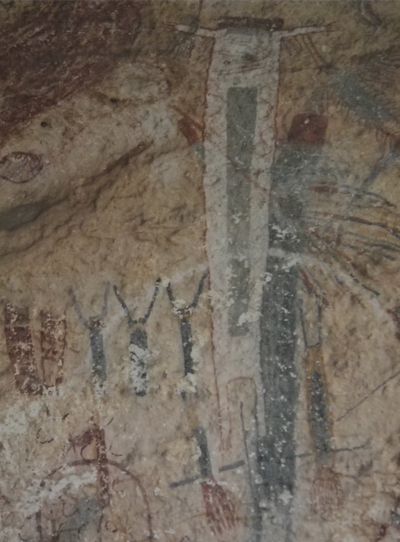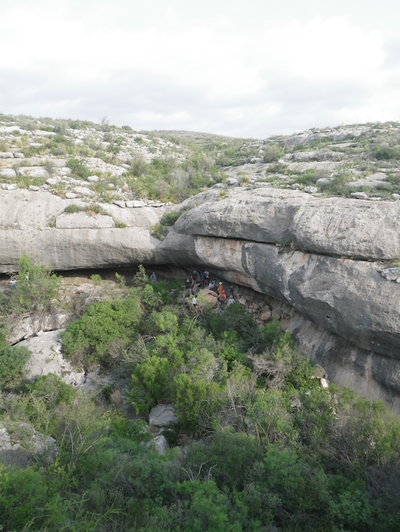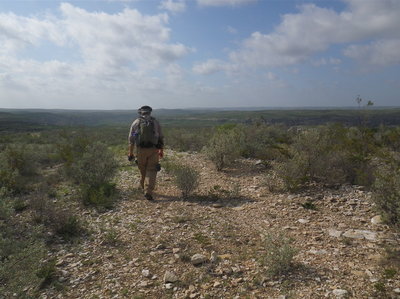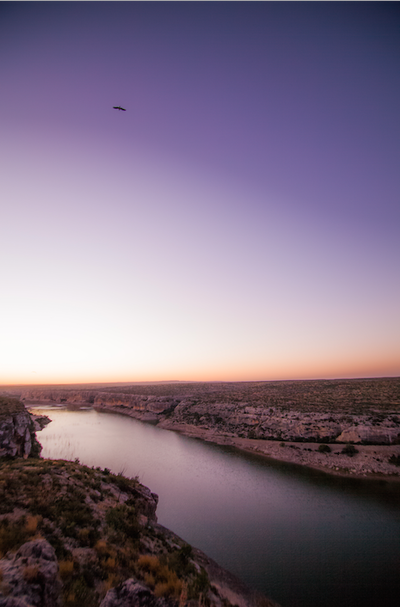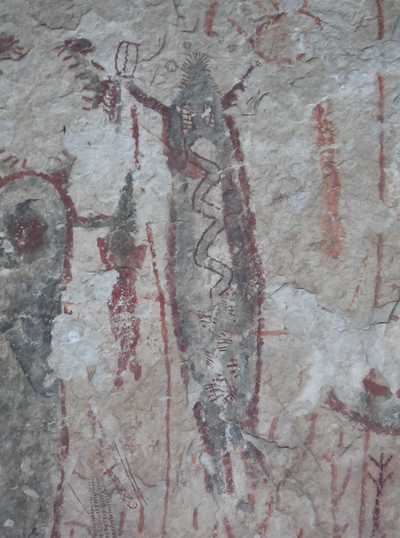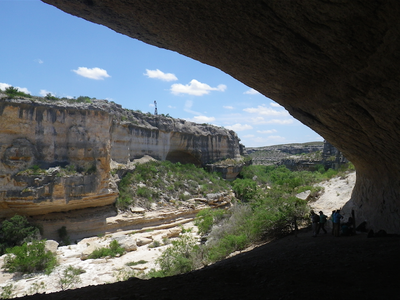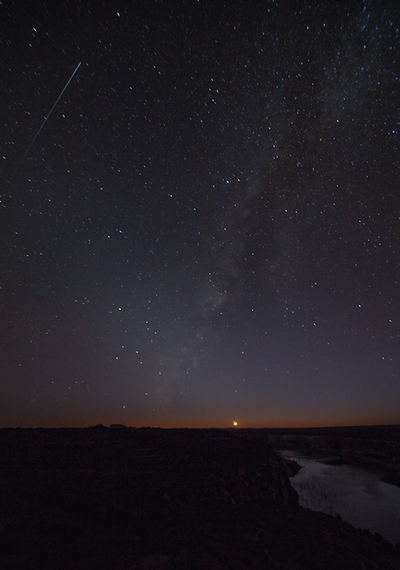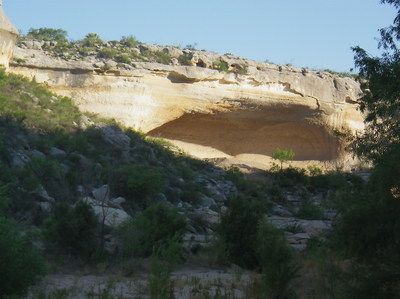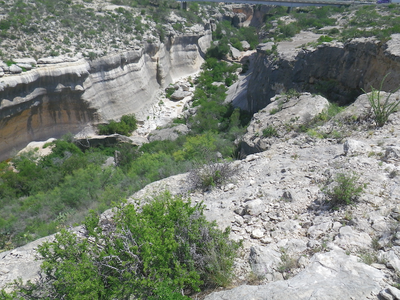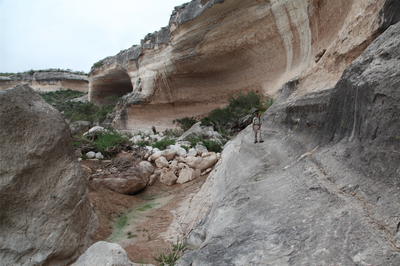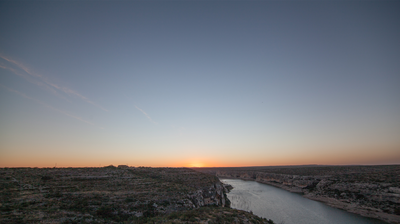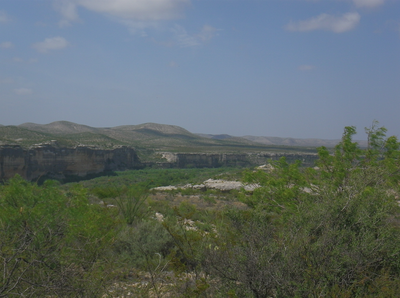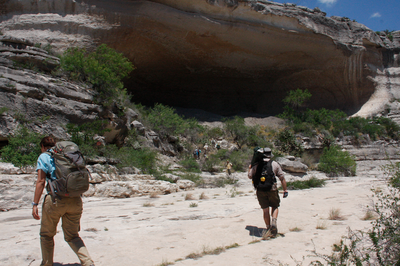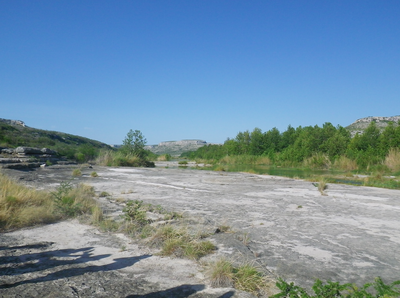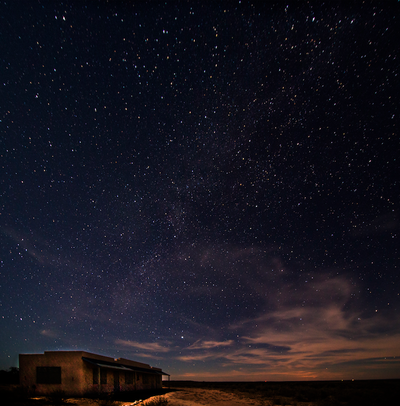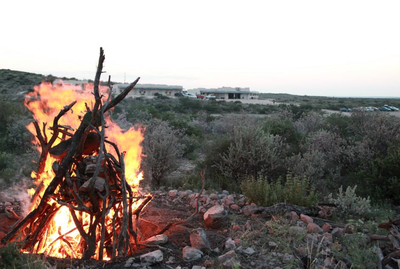*This review was written by Jerod. Jerod studied at Texas State University, and now works as a staff archaeologist at the Shumla Archaeological Research and Education Center. His field work at Eagle Nest Canyon was a major factor in obtaining his position at Shumla. Thanks, Jerod!
FIELD SCHOOL & WEBSITE: Lower Pecos Canyonlands Archaeological Field School at Eagle Nest Canyon
OTHER LINKS: Check out the work that has been done over the past few years, or get a background for the
area here or here.
LOCATION: Langtry, Texas
AFFILIATIONS: Texas State University, Shumla Archaeological Research and Education Center
LENGTH & DATES: June 1 - July 1, 2015
HISTORY: Launched in 2009, Ancient Southwest Texas (ASWT) is a long-term research program aimed at
furthering the archaeological understanding of the Lower Pecos Canyonlands of southwest Texas.
CURRENT PROJECT: The current phase of investigation is centered on Eagle Nest Canyon (ENC). ENC is a tributary
of the Rio Grande entering on the north side of the river just downstream from Langtry, Texas.
STAFF: The field school is led by Steve Black and Charles Koenig of Texas State University.
COST: Total program cost is $2,657.08, which includes tuition ($1,432.08), program fees such as lodging and meals ($1,200), and a non-refundable application fee ($25).
DEADLINES: First payment is due April 1st, scholarship applications are due April 15th, and the second payment is due May 1st.
CREDITS: 6 hours of undergraduate credit are available from Texas State University
APPLICATION PROCESS: An initial application, extension program application, general release, health information form, and insurance verification form are required.
Tell us about your field school experience.
The experience I had at this field school is one that I will remember for the rest of my life. You will walk away from this with lifetime friends and great memories. As for the nitty gritty, we worked at multiple sites found along a mile long canyon (Eagle Nest Canyon) that connects to the Rio Grande. Some of these sites are known worldwide for their cultural importance and for their spectacular rock art. I was able to take part in documenting all they have to tell us about the peoples who lived in or near these canyon systems over the course of the past 13,000 years and that is a great feeling.
As for the day to day operation, the group was separated into different teams working at different sites in and along Eagle Nest Canyon. Each team would experience a different side of archaeology. One week would be upland sites, one would be at a rock shelter, and another would be surveying. At the end of the week, we would switch and get to experience something different. Usually, work in the field was from sunrise to about 2-3pm and we would head back to campus, which is a 20 minute drive (Transportation was provided). After arriving at campus, there was time to clean ourselves up before lab work began. After lab, dinner was served. I cannot tell you how your experience will differ from mine, but we ate very well. As soon as dinner was finished, we would all head to the conference room for lectures. Almost every day, a different specialist would come in and blow our minds. As quickly as the day began, it was over.
Usually once a week, we would take a field trip to one or a couple of sites in the area that has been previously excavated by ASWT or is famous for its rock art. These trips were incredibly informative and helped paint a broad picture of the cultural landscape.
What skills did you learn?
In the field, we learned how to sample and document archaeological sites and deposits through both traditional and cutting edge methods. Traditional methods included laying out excavation units, sketch mapping, hand excavations, and stratigraphic profiling. Cutting edge methods included digital data entry on tablets, 3D mapping through structure from motion, and mapping artifacts and excavation units with the use of a total data station.
In the lab, we learned standard archaeological laboratory procedures, including record-keeping, cataloguing, and curation of the artifacts themselves as well as the digital and paper data. Each student is required to keep a detailed field journal that served many roles.
I not only walked away with these skills but many others that have been incredibly helpful to me since field school. These include but aren’t limited to establishing a research design, plant use and identification, geomorphology, and critical thinking.
How were accommodations?
The field school was held at the secluded Harrington Research Campus, owned by the Shumla Rock Art Research and Education Center near the Pecos River. The campus sits on a 66 acre property filled with hiking trails and incredible views of the desert. There are four buildings total including separate men’s and women’s bathroom with showers, library and conference center, kitchen and pavilion area, and a bunkhouse divided by sex. There is the option to sleep in your own tent or borrow a large canvas tent if you would like some privacy. Cots are comfortable and are provided. There is Wi-Fi, but very slow due to satellite connection. You will only get cell phone reception if you have AT&T as a provider and that is only in a couple of locations. Everyone took turns helping with cooking and cleaning which wasn’t that bad.
What are the Pros and Cons of this Field School? Would you recommend it?
First and foremost, the archaeology is some of the best and most well preserved in North America. Being situated near three major rivers (Rio Grande, Pecos, and Devils River) in a desert makes it a prime candidate for intensive prehistoric occupation and preservation. You will also learn a wealth of knowledge from some of the top people in their respective fields. One of the things I enjoyed the most is hearing about the landscape from so many different perspectives. We had a different specialist give a lecture and focus on a specific aspect every day (Rock art specialist, ethnobotanist, geoarchaeologist, etc…). Lastly, the landscape is truly spectacular! The steep canyons and crystal clear rivers are both breathtaking and quite refreshing.
Although I consider these to be pros, some may consider the following to be troublesome. First, the closest town is about 50 minutes from campus and you will only have time to go on the weekends. Some may consider the wifi and cell reception mentioned above an issue as well. The only thing I can say I wish was better was for there to be air conditioning in the bunkhouses. If you are built like me, a personal fan is a must. At the same time, what do you expect when being out in the desert?
Without a doubt in my mind I would recommend this field school. The archaeological preservation is phenomenal, you will learn so much, and the scenery is incredible.
Anything else you think readers should know about this field school?
Field School is what you make of it. You can see it as just a requirement to finish your coursework, or you can see it as something so much bigger. For me, I chose the latter. I looked at it as an opportunity to work in an incredible area and I wouldn’t be where I am today if it wasn’t for this opportunity.
FIELD SCHOOL & WEBSITE: Lower Pecos Canyonlands Archaeological Field School at Eagle Nest Canyon
OTHER LINKS: Check out the work that has been done over the past few years, or get a background for the
area here or here.
LOCATION: Langtry, Texas
AFFILIATIONS: Texas State University, Shumla Archaeological Research and Education Center
LENGTH & DATES: June 1 - July 1, 2015
HISTORY: Launched in 2009, Ancient Southwest Texas (ASWT) is a long-term research program aimed at
furthering the archaeological understanding of the Lower Pecos Canyonlands of southwest Texas.
CURRENT PROJECT: The current phase of investigation is centered on Eagle Nest Canyon (ENC). ENC is a tributary
of the Rio Grande entering on the north side of the river just downstream from Langtry, Texas.
STAFF: The field school is led by Steve Black and Charles Koenig of Texas State University.
COST: Total program cost is $2,657.08, which includes tuition ($1,432.08), program fees such as lodging and meals ($1,200), and a non-refundable application fee ($25).
DEADLINES: First payment is due April 1st, scholarship applications are due April 15th, and the second payment is due May 1st.
CREDITS: 6 hours of undergraduate credit are available from Texas State University
APPLICATION PROCESS: An initial application, extension program application, general release, health information form, and insurance verification form are required.
Tell us about your field school experience.
The experience I had at this field school is one that I will remember for the rest of my life. You will walk away from this with lifetime friends and great memories. As for the nitty gritty, we worked at multiple sites found along a mile long canyon (Eagle Nest Canyon) that connects to the Rio Grande. Some of these sites are known worldwide for their cultural importance and for their spectacular rock art. I was able to take part in documenting all they have to tell us about the peoples who lived in or near these canyon systems over the course of the past 13,000 years and that is a great feeling.
As for the day to day operation, the group was separated into different teams working at different sites in and along Eagle Nest Canyon. Each team would experience a different side of archaeology. One week would be upland sites, one would be at a rock shelter, and another would be surveying. At the end of the week, we would switch and get to experience something different. Usually, work in the field was from sunrise to about 2-3pm and we would head back to campus, which is a 20 minute drive (Transportation was provided). After arriving at campus, there was time to clean ourselves up before lab work began. After lab, dinner was served. I cannot tell you how your experience will differ from mine, but we ate very well. As soon as dinner was finished, we would all head to the conference room for lectures. Almost every day, a different specialist would come in and blow our minds. As quickly as the day began, it was over.
Usually once a week, we would take a field trip to one or a couple of sites in the area that has been previously excavated by ASWT or is famous for its rock art. These trips were incredibly informative and helped paint a broad picture of the cultural landscape.
What skills did you learn?
In the field, we learned how to sample and document archaeological sites and deposits through both traditional and cutting edge methods. Traditional methods included laying out excavation units, sketch mapping, hand excavations, and stratigraphic profiling. Cutting edge methods included digital data entry on tablets, 3D mapping through structure from motion, and mapping artifacts and excavation units with the use of a total data station.
In the lab, we learned standard archaeological laboratory procedures, including record-keeping, cataloguing, and curation of the artifacts themselves as well as the digital and paper data. Each student is required to keep a detailed field journal that served many roles.
I not only walked away with these skills but many others that have been incredibly helpful to me since field school. These include but aren’t limited to establishing a research design, plant use and identification, geomorphology, and critical thinking.
How were accommodations?
The field school was held at the secluded Harrington Research Campus, owned by the Shumla Rock Art Research and Education Center near the Pecos River. The campus sits on a 66 acre property filled with hiking trails and incredible views of the desert. There are four buildings total including separate men’s and women’s bathroom with showers, library and conference center, kitchen and pavilion area, and a bunkhouse divided by sex. There is the option to sleep in your own tent or borrow a large canvas tent if you would like some privacy. Cots are comfortable and are provided. There is Wi-Fi, but very slow due to satellite connection. You will only get cell phone reception if you have AT&T as a provider and that is only in a couple of locations. Everyone took turns helping with cooking and cleaning which wasn’t that bad.
What are the Pros and Cons of this Field School? Would you recommend it?
First and foremost, the archaeology is some of the best and most well preserved in North America. Being situated near three major rivers (Rio Grande, Pecos, and Devils River) in a desert makes it a prime candidate for intensive prehistoric occupation and preservation. You will also learn a wealth of knowledge from some of the top people in their respective fields. One of the things I enjoyed the most is hearing about the landscape from so many different perspectives. We had a different specialist give a lecture and focus on a specific aspect every day (Rock art specialist, ethnobotanist, geoarchaeologist, etc…). Lastly, the landscape is truly spectacular! The steep canyons and crystal clear rivers are both breathtaking and quite refreshing.
Although I consider these to be pros, some may consider the following to be troublesome. First, the closest town is about 50 minutes from campus and you will only have time to go on the weekends. Some may consider the wifi and cell reception mentioned above an issue as well. The only thing I can say I wish was better was for there to be air conditioning in the bunkhouses. If you are built like me, a personal fan is a must. At the same time, what do you expect when being out in the desert?
Without a doubt in my mind I would recommend this field school. The archaeological preservation is phenomenal, you will learn so much, and the scenery is incredible.
Anything else you think readers should know about this field school?
Field School is what you make of it. You can see it as just a requirement to finish your coursework, or you can see it as something so much bigger. For me, I chose the latter. I looked at it as an opportunity to work in an incredible area and I wouldn’t be where I am today if it wasn’t for this opportunity.
